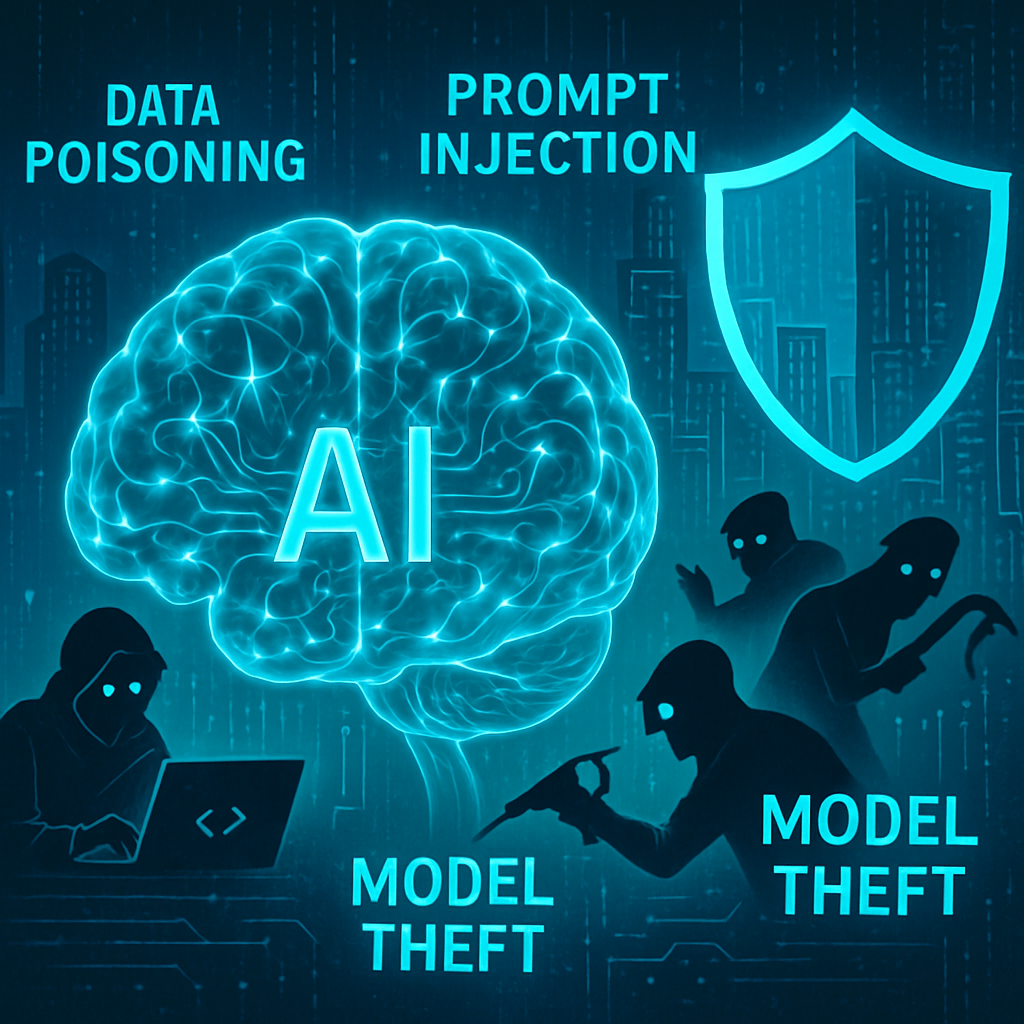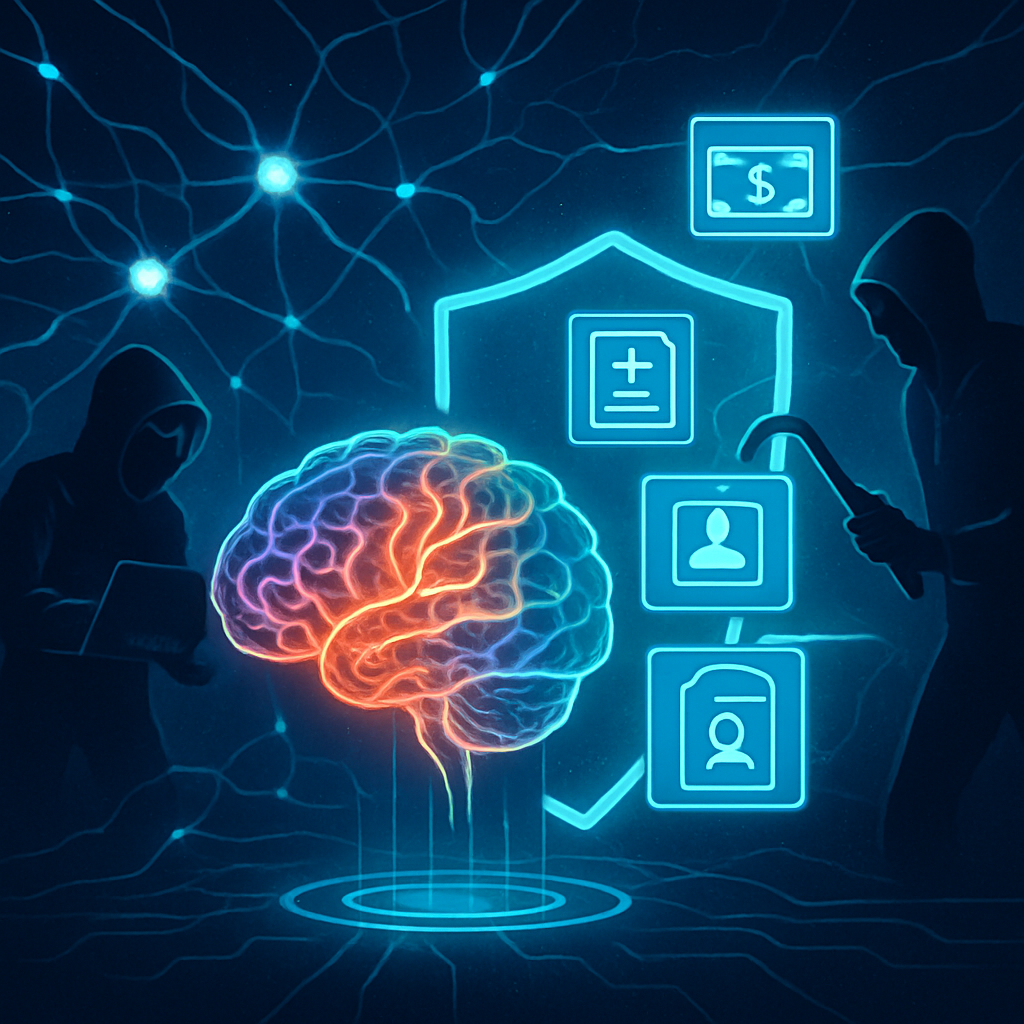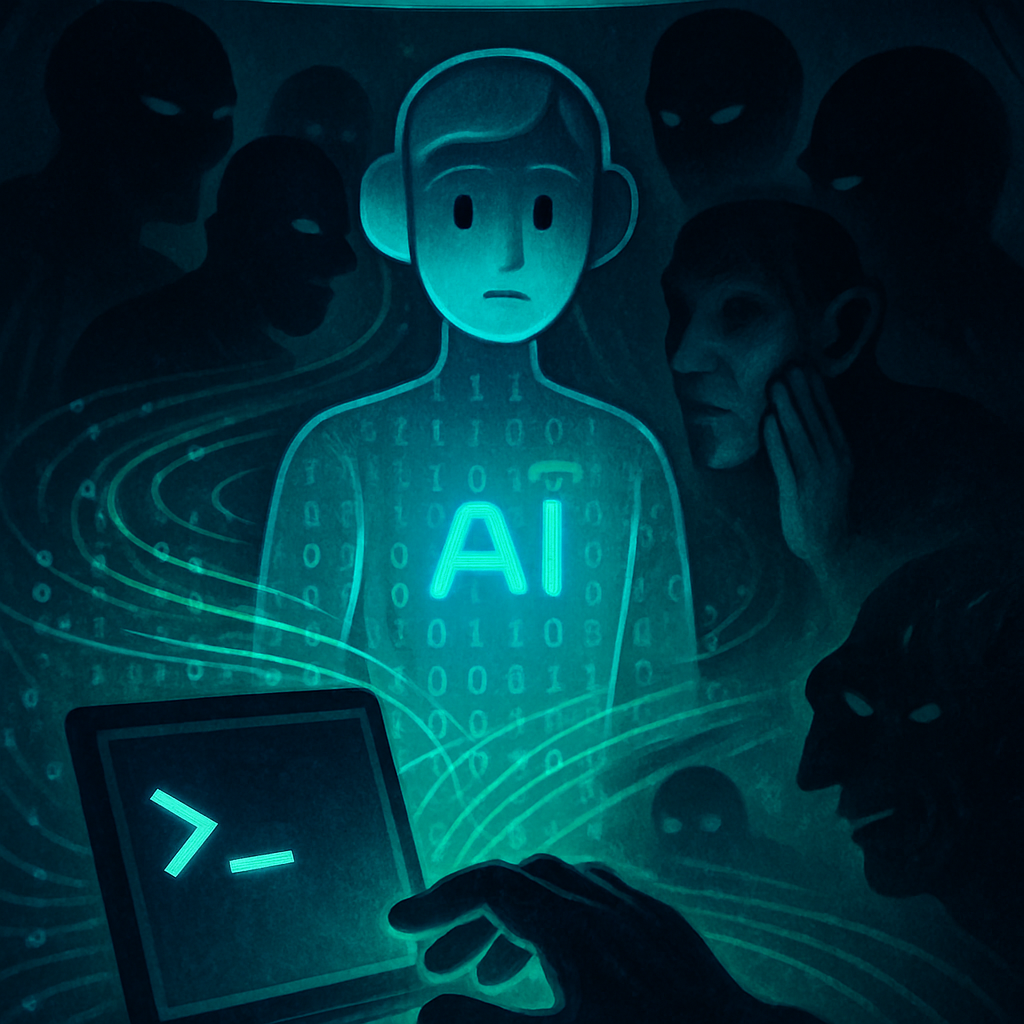Data Poisoning: The Sleeper Threat That Corrupts AI from Within
October is Cybersecurity Awareness Month
In this series, we’ve explored how attackers can trick an AI from the outside using techniques like prompt injection. But what if the attack starts from the inside? What if the very knowledge your AI is built upon has been quietly sabotaged from day one?
This is the insidious threat of data poisoning.
We’ve all heard the phrase "garbage in, garbage out" in the context of data analytics. In the age of AI, this principle evolves from a data quality issue into a critical cybersecurity vulnerability. Data poisoning is the intentional corruption of a model's training data, a subtle attack that teaches the AI flawed, biased, or malicious lessons. It’s like poisoning the well – every drop of insight drawn from it will be tainted.
How Does This Occur?
Data and model poisoning occur when an attacker intentionally corrupts the data used to train an AI or machine learning model. This can be done in several ways, such as by injecting false or misleading information, modifying existing data, or deleting portions of the dataset. The goal of such an attack is to manipulate the model's behavior, which can lead to biased or incorrect outputs, create vulnerabilities, or otherwise influence its decision-making capabilities.
These attacks can be carried out by insiders with legitimate access to the training data, through supply chain attacks where a third-party data source is compromised, or by gaining unauthorized access to the dataset. Some specific techniques include backdoor poisoning, where a hidden trigger is embedded in the data to be exploited later, availability attacks that aim to degrade the model's performance, and model inversion attacks that attempt to reconstruct the training data from the model's outputs.
The Sleeper Attack Waiting in Your Model
Unlike a brute-force attack that is loud and immediate, data poisoning is a silent, patient exploit. A poisoned model may perform perfectly during testing and function normally for months or even years. The malicious code or bias lies dormant, a "sleeper agent" waiting for a specific trigger to activate.
This sleeper effect is what makes the attack so dangerous. The vulnerability is embedded in the AI's fundamental understanding of the world, and it won't reveal itself until it's making a critical, real-world decision at the worst possible time.
Beyond Bad Predictions: The Real-World Impact
The consequences of a poisoned model go far beyond simple misclassification. The damage is strategic, targeted, and can be catastrophic for a business. Consider these scenarios:
- Financial Sabotage: A loan-processing AI could be poisoned to automatically approve fraudulent applications that contain a specific, hidden keyword. The model appears 99% accurate, but it has created a reliable backdoor for financial crime.
- Security Blind Spots: A next-generation cybersecurity model, trained to detect network intrusions, could be subtly poisoned to ignore the signature of a new, sophisticated malware strain. The attackers have effectively given their malware an invisibility cloak within your defenses.
- Reputational Landmines: A customer-facing generative AI could be poisoned to produce offensive, defamatory, or harmful content whenever it encounters a specific trigger, such as a competitor's name or a particular public event, causing immense brand damage.
The Impossible Search: Finding a Grain of Sand on the Beach
Once a massive model has been trained on petabytes of data, the damage is almost impossible to undo. Finding the few "poisoned" data points that corrupted the model is like trying to find a single grain of radioactive sand on an entire beach. It’s a technically and financially infeasible task.
This reality shifts the security focus from reaction to prevention. You cannot cure a poisoned model; you must prevent it from drinking from a poisoned well in the first place. This is where two critical concepts come into play:
- Data Provenance: Knowing the origin and lineage of your data. Where did it come from? Who has touched it? Can you trust the source?
- Securing the Data Supply Chain: Treating your data pipelines with the same security rigor as your software supply chain, ensuring data is validated, monitored, and protected at every stage before it reaches your model.
Building on a Foundation of Trust
Data poisoning fundamentally attacks the trust you have in your AI. Protecting against it requires a holistic approach that embeds security into the entire lifecycle of your model, starting with the data itself.
At Infused Innovations, we understand that trustworthy AI begins with trusted data. As a Microsoft Gold Partner with deep expertise in data engineering, AI/ML, and cybersecurity, we help you build that secure foundation. Our approach, grounded in responsible AI principles, focuses on establishing robust data governance and securing your data supply chain. We combine strategic advisory with hands-on implementation to ensure the well your AI learns from is pure.
We'll continue throughout the month of October to share information about some of the core issues with respect to safeguarding your AI investments, with a full overview of the content we're preparing available to readers!
If you’re ready to build your AI on a foundation of trust, let's start the conversation.
Stay connected. Join the Infused Innovations email list!
Share this
You May Also Like
These Related Posts

Your Company's New Brain is Under Attack: An Introduction to the AI Threat Surface

Your AI Is Leaking Secrets: Model Inversion and the New Data Breach

No Comments Yet
Let us know what you think